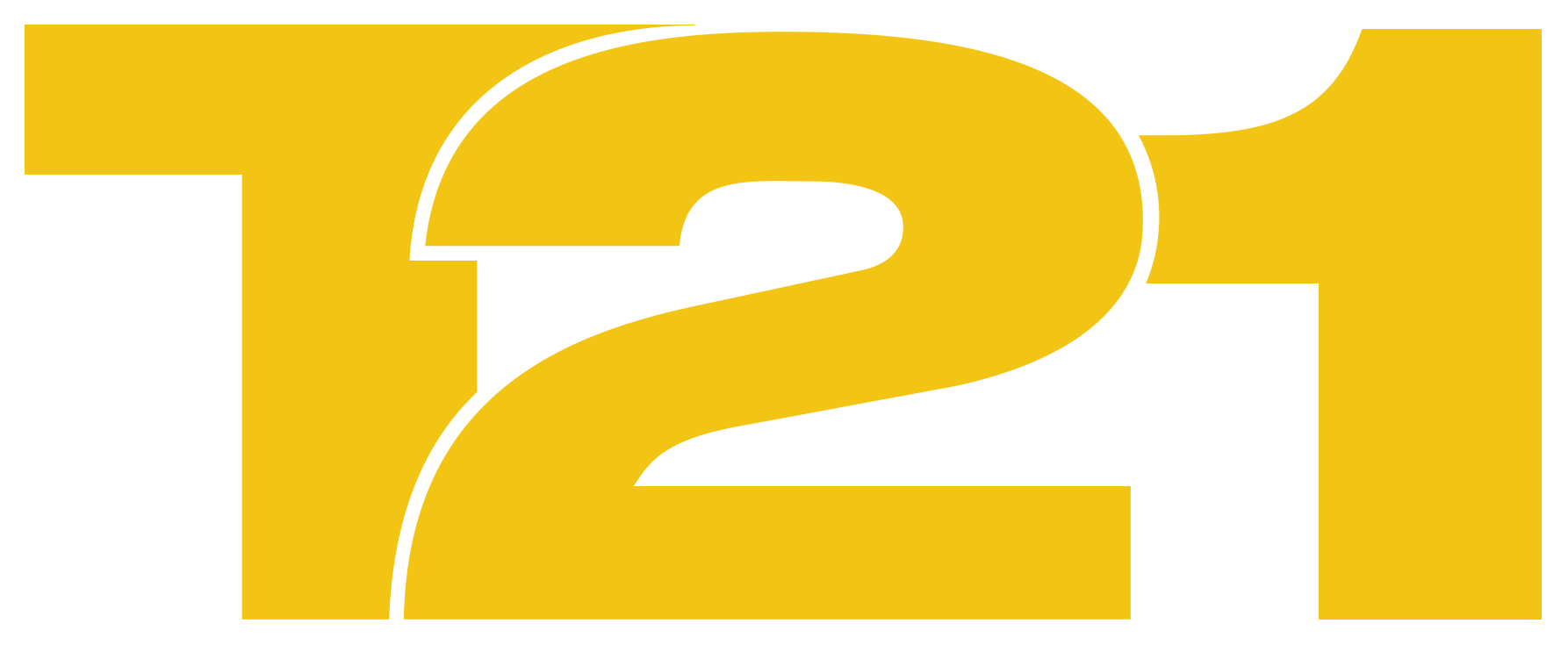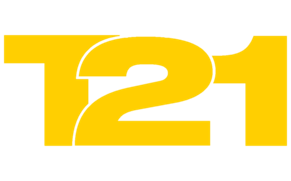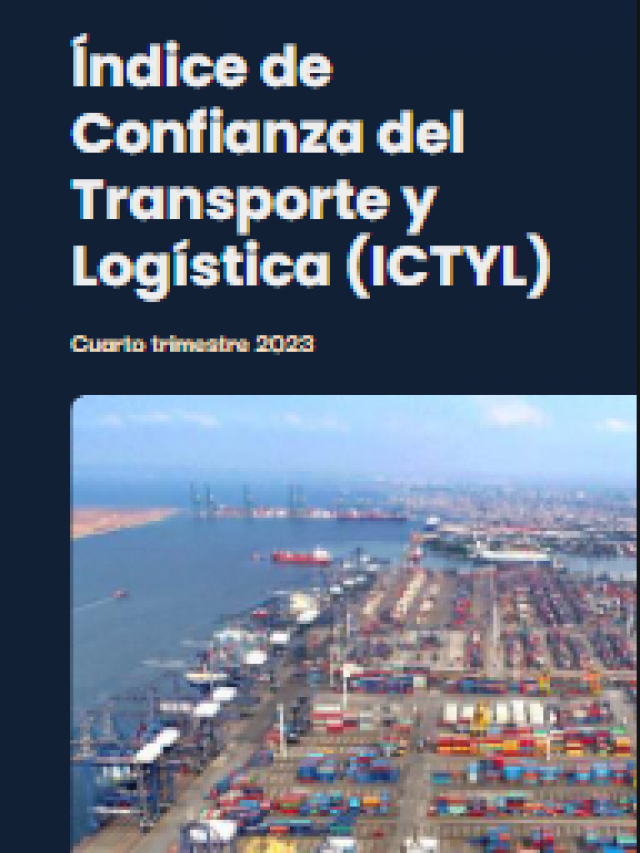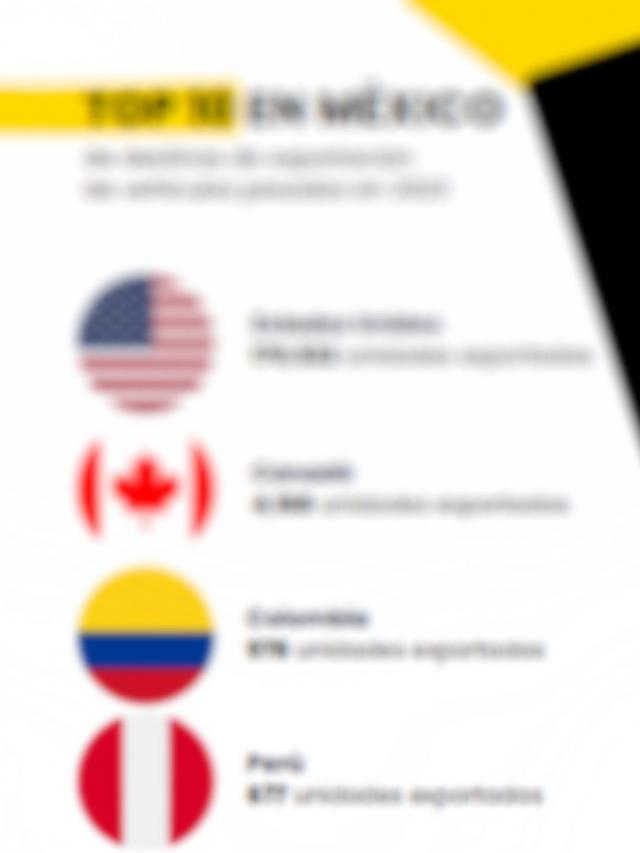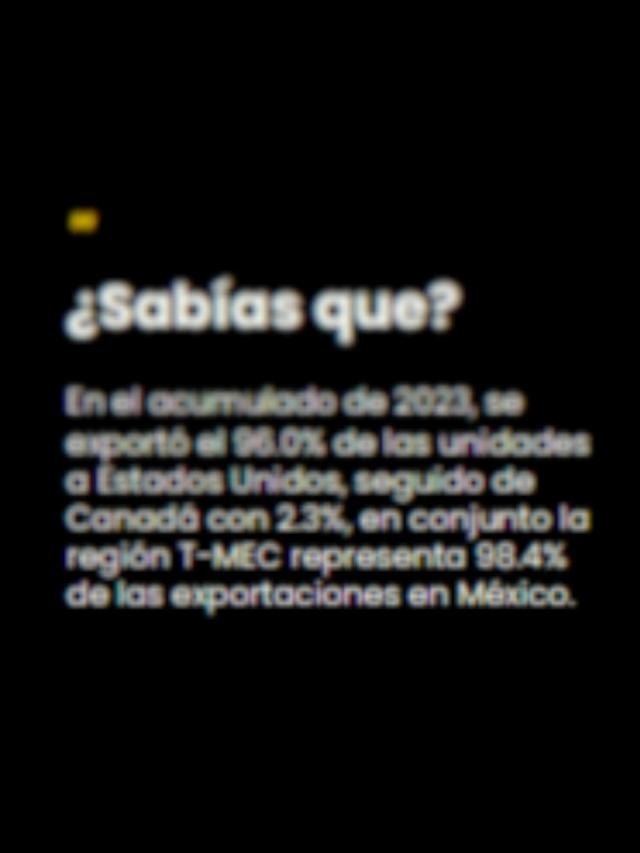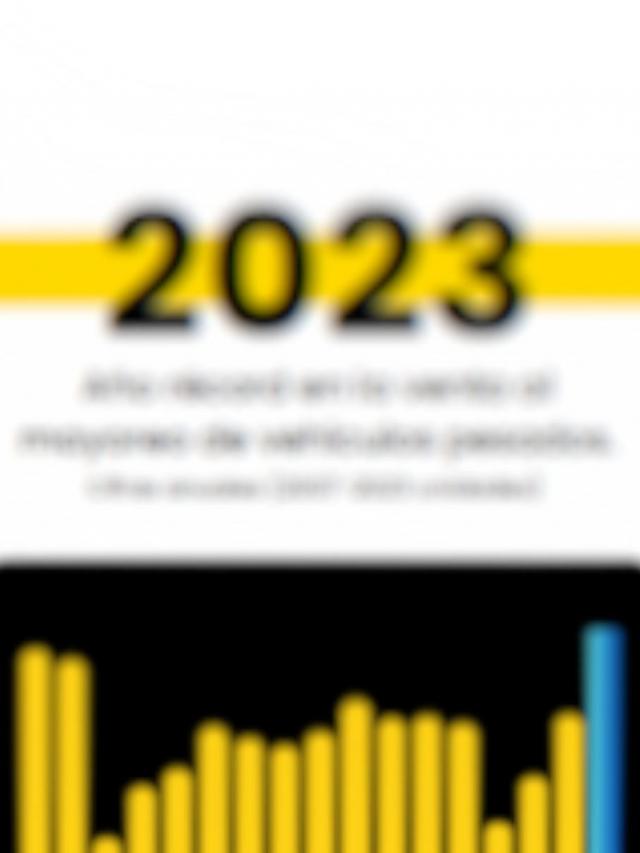
On February 7, the Official Gazette of the Federation (DOF) published a notice informing federal auto, cargo and passenger transport providers and users of the new identification of vehicles that circulate on highways and bridges under federal jurisdiction. A process known as marking of units.
The provision, which has been in the works for more than two years, was presented in different industry forums by the General Directorate of Federal Auto Transport (DGAF) , where based on the figures for theft from auto transport at the end of 2023 and where more than nine thousand crimes were recorded, “it was offered that the beaconing measure could avoid losses to auto transport of more than four billion pesos a year, so it seemed like a great idea,” shared a manager of the auto transport industry.
Based on the respective draft, in numeral nine the DGAF justifies, “According to information from the Executive Secretariat of the National Public Security System (SESNSP) , the number of robberies to transporters increased by 3.9% compared to the previous year, reaching 9,182 recorded events, which is equivalent to an average of 25 robberies per day and translates into a loss of 500,000 to 7 million pesos if they are high-value products. Derived from the above, we multiply the 9,182 robberies by the value of the merchandise and for which the lowest value of $500,000 will be taken, it gives us a total of $4,591,000,000, which translates into the benefit that will be brought by the implementation of beaconing in vehicles. The above can be seen broken down in Annex 1 attached for further reference.
Regarding this measure, another manager consulted by T21 emphasized that part of the proposal of those in charge of the DGAF at the time was to have four drones from the National Guard to monitor the roads and with the identification of the beacons and two helicopters the units could be recovered. “Four drones for the entire country, and with the problems that are faced, is nothing, it makes no sense ,” he said.
According to the sources consulted by T21, there are many doubts about the operation and surveillance of the marking of federal transport units, “especially in configurations that are not dry boxes, for example, tanks, container chassis, and other equipment that does not have a large surface area. How is it done, and if it is by interpretation, then we run the risk of suffering extortion or abuse by the authorities?” , the sources consulted stated.
One point that stands out is that according to the project data at the Regulatory Improvement Commission (Conamer) , there is an estimate of around 316,633 units that will have to be subject to this type of identification, “that is, it will not only be for new equipment, but for those that are in circulation, in such a way that the measure will be retroactive,” they shared with T21.
“Within federal transportation, there is a fleet of 1,800,000 vehicles that, strictly speaking, should carry out vehicle marking; however, there are currently companies that carry out vehicle identification prior to providing federal transportation services, so this would no longer generate a cost for them. As a result of the above, around 40%, or 316,633, of the aforementioned fleet will have to carry out vehicle marking,” states the DGAF draft bill.
“Don’t forget that we are living in a period of technological adoption. In the various groups where I work, the complaint is the same: why, instead of thinking of physical solutions, don’t we think of incorporating chips, using telemetry and telematics of the units? That is, solutions in line with the reality of the organized crime we face,” warned the director.
In conclusion, for various industry players, this measure does not address the fundamental need experienced on a day-to-day basis, and can only generate more complexity for the daily operations of motor transport.
